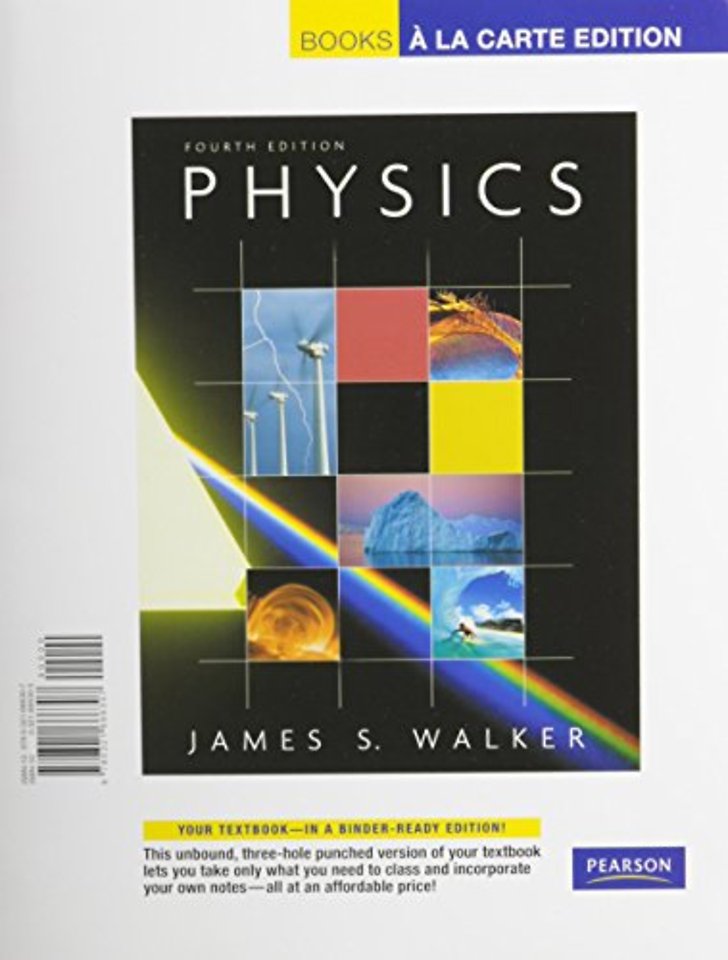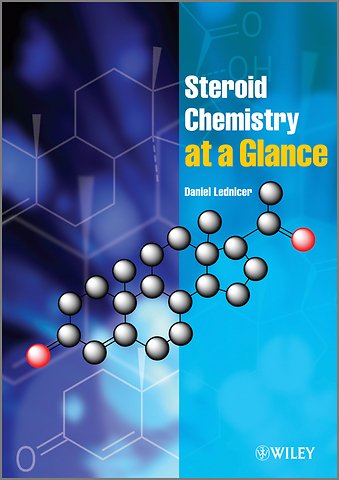Steroid Chemistry at a Glance
Samenvatting
The term steroid has become virtually synonymous with drug abuse in sport to the majority of the public. However these steroids – androgens – actually comprise only a single relatively small class of biologically active steroids, and are overshadowed by a large collection of compounds, a sizeable number of which are commercial drugs that share the same structural carbon skeleton. The development of these drugs has led to a large body of organic chemistry often denoted as "Steroid Chemistry".
Steroid Chemistry At A Glance provides a concise overview of the main principles and reactions of steroid chemistry. Topics covered include:
history, isolation and structure determination of steroids
steroid nomenclature and stereochemistry
natural sources of steroids
synthesis and reactions of aromatic a–ring steroids, androstanes, and pregnanes
steroids with a spirolactone at position 17
steroids with hetrocyclic ring A
compounds derived from cholesterol
Based on the highly successful and student friendly "at a glance" approach, the information is presented in integrated, self contained double page spreads of text and illustrative material. Students of chemistry and pharmacy using Steroid Chemistry at a Glance will find they have a resource with which they can quickly, concisely and confidently acquire, regularly review and revise the basic facts that underpin the properties, synthesis and reactions of this important class of natural products. It will also serve as a handy bench reference for postgraduates and professional chemists.
Specificaties
Inhoudsopgave
<p>Introduction.</p>
<p>1 Steroids: a Brief History.</p>
<p>1.1 Structure Determination.</p>
<p>1.1.1 Cholesterol and Cholic Acid.</p>
<p>1.1.2 The Sex Steroids.</p>
<p>1.1.3 Corticosteroids.</p>
<p>2 Sources of Steroids.</p>
<p>2.1 Biosynthesis.</p>
<p>2.2 Commercial Steroid Starting Materials.</p>
<p>2.2.1 Diosgenin.</p>
<p>2.2.2 Soybean Sterols.</p>
<p>3 Estranes: Steroids in Which Ring A is Aromatic.</p>
<p>3.1 Biological Activity.</p>
<p>3.2 Sources of Estranes.</p>
<p>3.2.1 From Androstanes.</p>
<p>3.2.2 Estrogens by Total Synthesis.</p>
<p>3.3 Chemical Reactions of Estranes.</p>
<p>3.3.1 Aromatic A–ring Reactions.</p>
<p>3.3.2 Modifications on Ring B.</p>
<p>3.3.3 Modifications on Ring C.</p>
<p>3.3.4 Modifications on Ring D.</p>
<p>3.4. Some Drugs Based on Estranes.</p>
<p>4 Gonanes or 19–nor–Steroids.</p>
<p>4.1 Preparation of Gonane Starting Materials.</p>
<p>4.1.1 Birch Reduction.</p>
<p>4.1.2 Synthesis by Sequential Annulation Reactions.</p>
<p>4.2 Anabolic Androgenic Gonanes.</p>
<p>4.2.1 Biological Activity.</p>
<p>4.2.2 Synthesis of 19–Norandrogens.</p>
<p>4.3 Progestational Gonanes.</p>
<p>4.3.1 Biological Activity.</p>
<p>4.3.2 Preparation of 19–Norprogestins.</p>
<p>4.4 Some Drugs Based on Gonanes.</p>
<p>4.4.1 Androgenic Anabolic Agents.</p>
<p>4.4.2 Progestins.</p>
<p>4.4.3 Progestin Antagonists.</p>
<p>5 Androstanes, C19 Steroids and Their Derivatives.</p>
<p>5.1 Biological Activity.</p>
<p>5.2 Sources of Androstanes.</p>
<p>5.2.1 From Pregnenolone.</p>
<p>5.2.2 Fermentations.</p>
<p>5.2.3 Total Synthesis.</p>
<p>5.3 Modified Anabolic Androgenic Androstanes.</p>
<p>5.3.1 17–Desalkyl Compounds.</p>
<p>5.3.2 17–Alkyl Compounds.</p>
<p>5.3.3 Modifications on Ring B.</p>
<p>5.3.4 Modifications on Ring C.</p>
<p>5.3.5 Modifications on Ring D.</p>
<p>5.4 17–Spirobutyrolactone Aldosterone Antagonists.</p>
<p>5.5 Some Drugs Based on Androstanes.</p>
<p>5.5.1 Androgens.</p>
<p>5.5.2 Spirobutyrolactones.</p>
<p>6 Pregnanes, Part 1: Progestins.</p>
<p>6.1 Biological Activity.</p>
<p>6.2 Sources of Progesterone.</p>
<p>6.2.1 From Phytochemicals.</p>
<p>6.2.2 By Total Synthesis.</p>
<p>6.2.3 From Dehydroepiandrosterone (DHEA) Acetate.</p>
<p>6.3 Modified Pregnanes.</p>
<p>6.3.1 17–Hydroxy and Acyloxy Derivatives.</p>
<p>6.3.2 Modifications on Ring A.</p>
<p>6.3.3 Modifications on Ring B.</p>
<p>6.3.4 General Methods for Modifications on Ring D.</p>
<p>6.3.5 More Progesterone Analogues.</p>
<p>6.4 Some Drugs Based on Progestins.</p>
<p>6.4.1 Medroxyprogesterone Acetate (10–2).</p>
<p>6.4.2 Megestrol Acetate (10–3).</p>
<p>6.4.3 Melengestrol Acetate (26–7).</p>
<p>7 Pregnanes, Part 2: Corticosteroids.</p>
<p>7.1 Biological Activity.</p>
<p>7.2 Sources of Corticoids.</p>
<p>7.2.1. Introduction of Oxygen at C11.</p>
<p>7.2.2 Construction of the Dihydroxyacetone Side Chain.</p>
<p>7.3 Modified Corticoids.</p>
<p>7.3.1 Unsaturation.</p>
<p>7.3.2 Additional Alkyl Groups.</p>
<p>7.3.3 Halogenated Corticoids.</p>
<p>7.3.4 Hydroxylation: 16,17–Diols.</p>
<p>7.3.5 Corticoids with Multiple Modifications.</p>
<p>7.3.6 Miscellaneous Corticoids.</p>
<p>7.4 Some Drugs Based on Corticoids.</p>
<p>8 Miscellaneous Steroids.</p>
<p>8.1 Heterocyclic Steroids.</p>
<p>8.1.1 Introduction.</p>
<p>8.1.2 Steroids with a Heteroatom in Ring A.</p>
<p>8.1.3 Steroids with a Heteroatom in Ring B.</p>
<p>8.1.4 Steroids with a Heteroatom in Ring C.</p>
<p>8.1.5 Steroids with a Heteroatom in Ring D.</p>
<p>8.2 Cardenolides.</p>
<p>8.2.1 Actodigin Aglycone.</p>
<p>8.2.2 Synthesis from a Bile Acid.</p>
<p>8.3 Compounds Related to Cholesterol.</p>
<p>Subject Index.</p>
<p>Reactions Index.</p>

